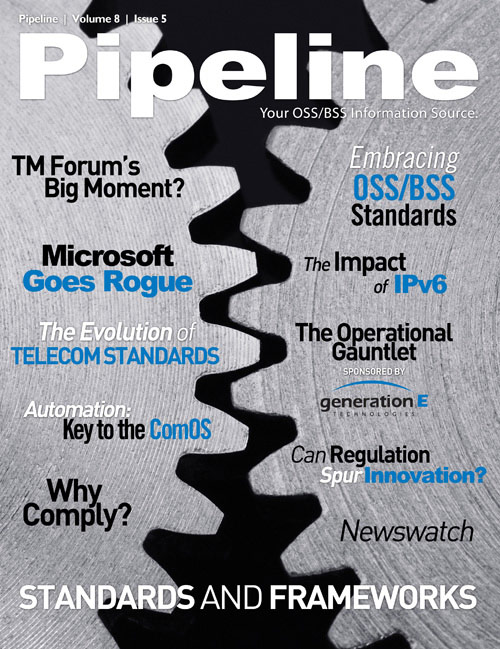By: Tim Young

“The United States in Congress assembled shall have the sole and exclusive right and power… [of] fixing the standard of weights and measures throughout the United States…” -The Articles of Confederation, ratified 1781.
Back before the United States ratified the Constitution, the states were a cluster of loosely related, and sometimes competing, semi-autonomous areas. The Federal Government lacked even the basic powers that we now take for granted, from the power to collect taxes, to the ability to regulate interstate disputes.
However, even in this era of ridiculously weak central authority, one thing that was prioritized was the idea of standards. Why? Because without standards, commerce is next to impossible. Growth is hampered and trust is threatened. In fact, while many aspects of the Articles were scrapped when the Constitution was written, the importance of standards was maintained, making its way into article 1, section 8.
In an era in which a new nation had trouble agreeing on anything, standards were still central.

 In this issue of Pipeline, we explore the sea of standards that pervades the communications industry and keeps it all working and growing. We reveal how standards help to drive automation, and how regulation can sometimes aid innovation. Telcordia discusses how its Bell Core legacy will continue on after its acquisition by Ericsson fades from memory. The TM Forum updates us on the state of its standards efforts, and NetCracker explains how its approach to standards and frameworks continues to evolve. We also bring you accounts from generationE Technologies and Microsoft, and other industry leaders, on why standards are important and how standards are expected to grow and change in the years to come.
In this issue of Pipeline, we explore the sea of standards that pervades the communications industry and keeps it all working and growing. We reveal how standards help to drive automation, and how regulation can sometimes aid innovation. Telcordia discusses how its Bell Core legacy will continue on after its acquisition by Ericsson fades from memory. The TM Forum updates us on the state of its standards efforts, and NetCracker explains how its approach to standards and frameworks continues to evolve. We also bring you accounts from generationE Technologies and Microsoft, and other industry leaders, on why standards are important and how standards are expected to grow and change in the years to come.
We bring you all of that, plus the latest in news and opinion touching the communications IT landscape.
All the Best
Tim Young, Editor-in-Chief









